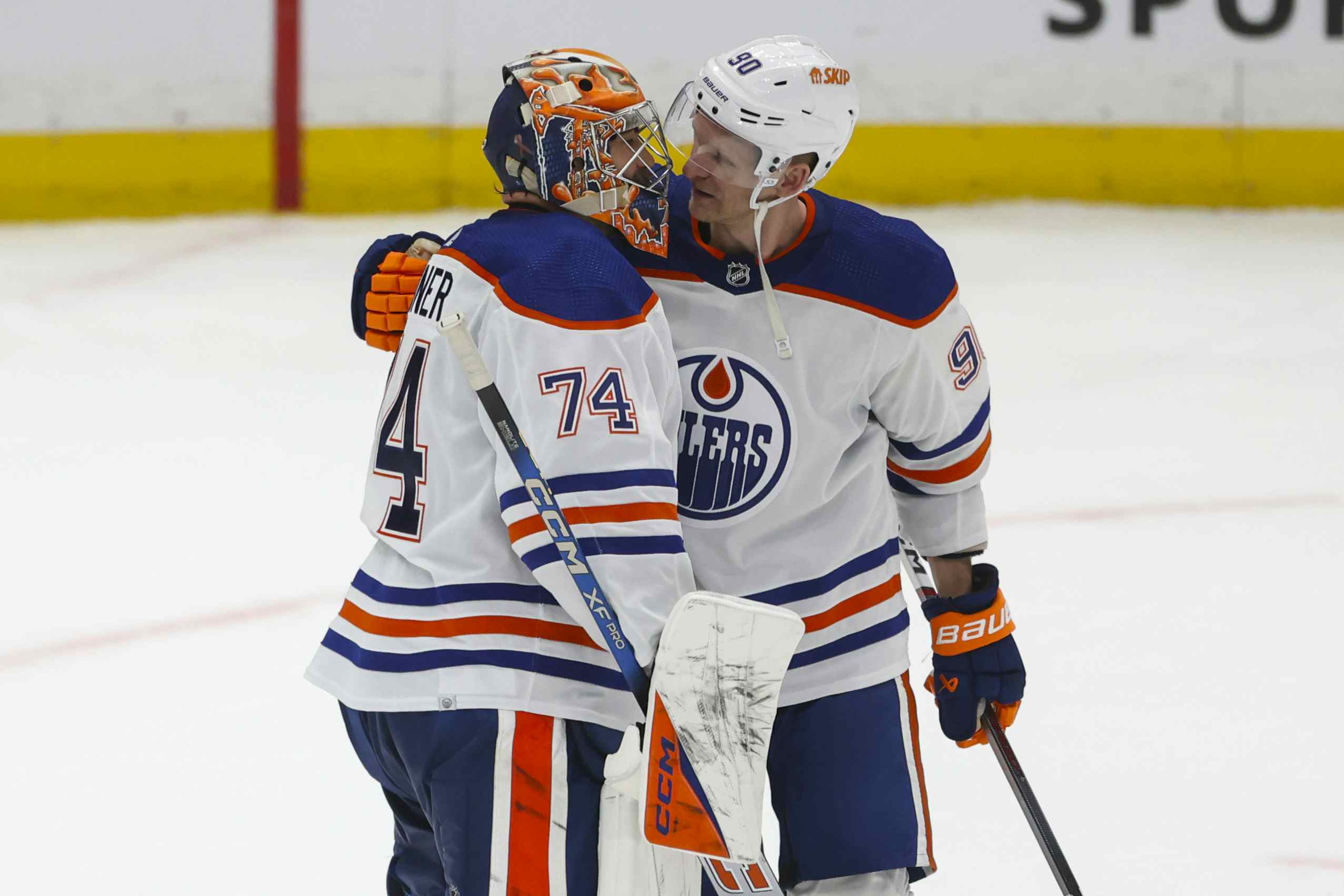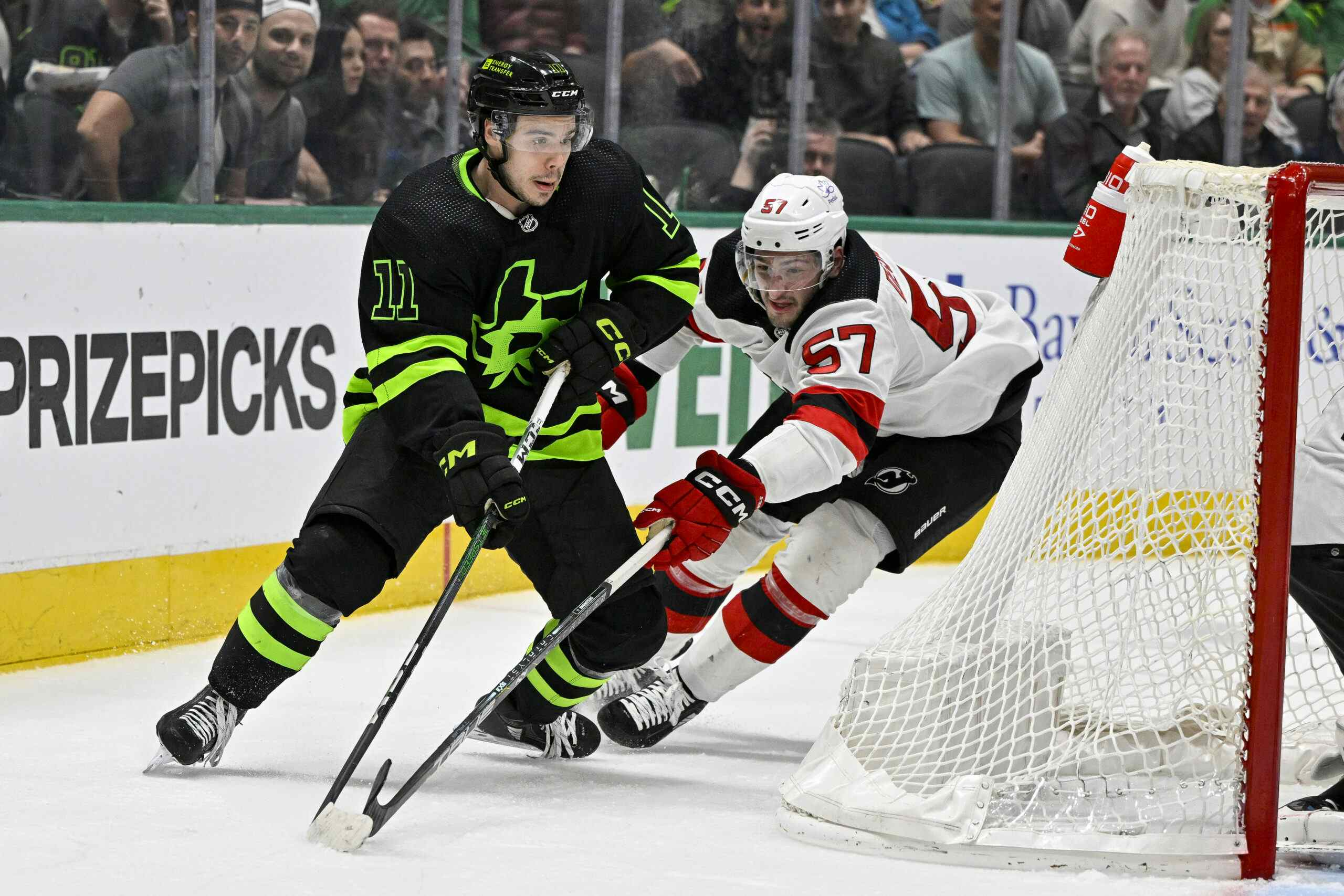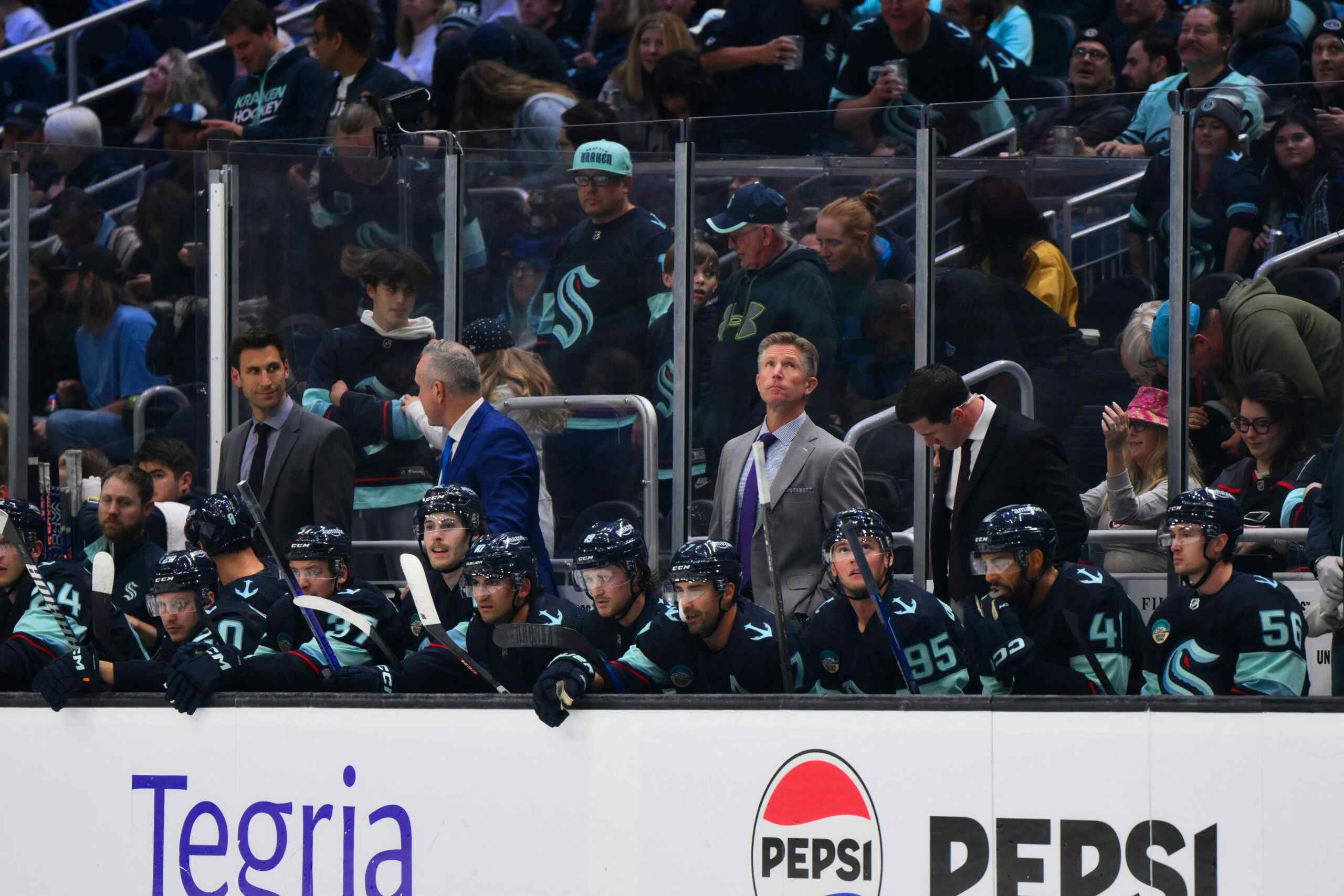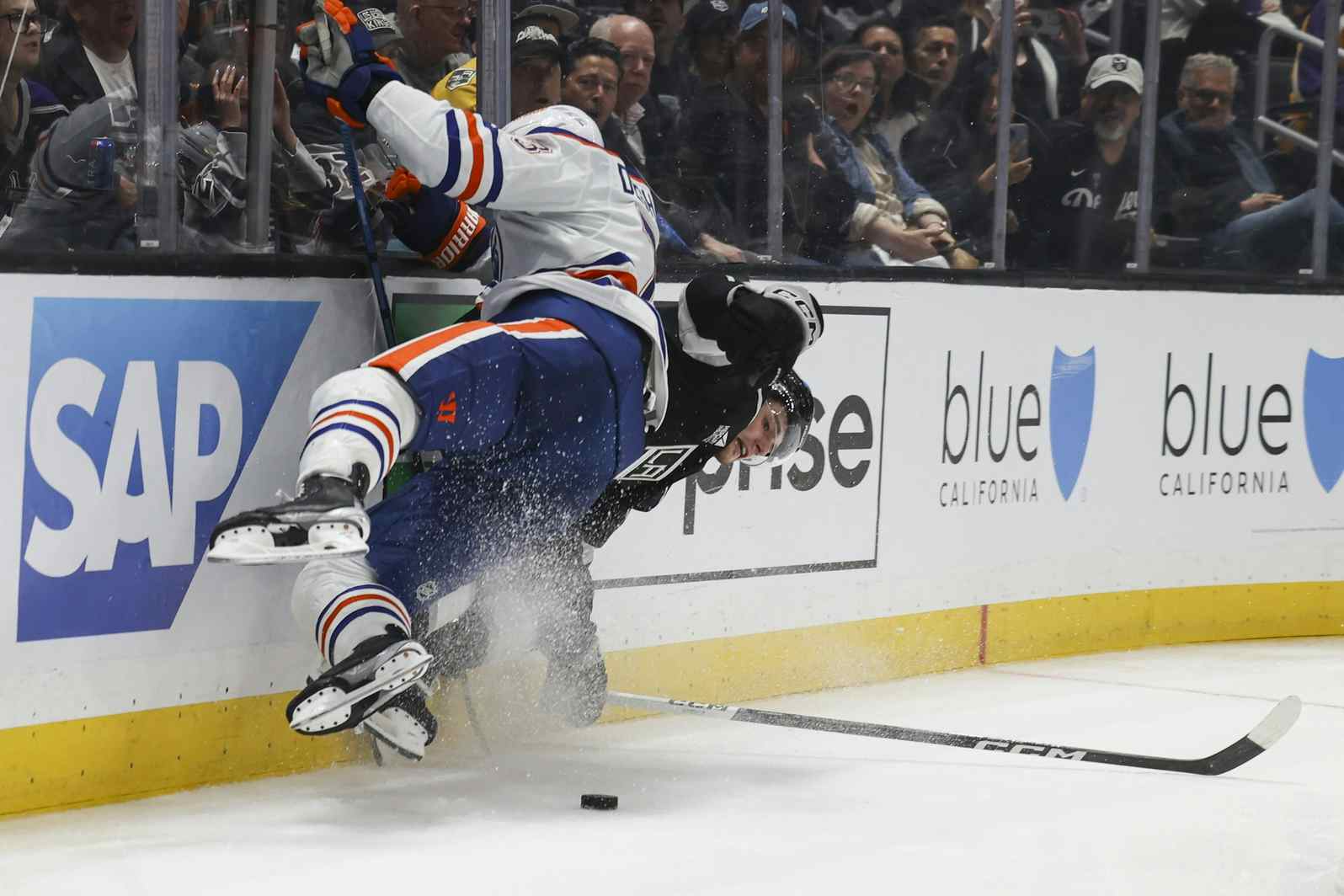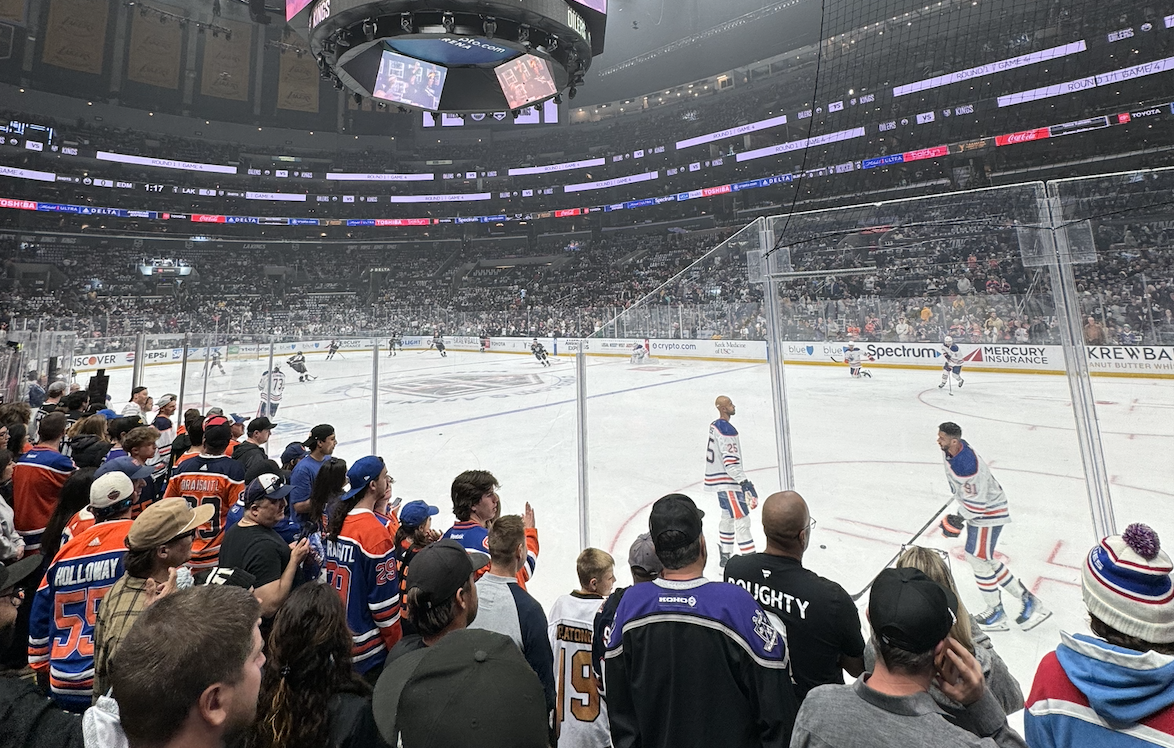85 Below Zero

The Edmonton Oilers have a pretty massive obstacle to overcome on their road back to respectability: an 85-goal hole separating them from break-even. What was the breakdown of that deficit last year, and where does the team have the most room for improvement?
- Even Strength: +138/-208 (-70)
- Power Play: +41/-7 (+34)
- Penalty Kill: +4/-50 (-46)
- Empty Net: +8/-10 (-2)
- Shootout: +5/-7 (-2)
- Penalty Shots: +2/-1 (+1)
- Total: +198/-283 (-85 total)
The biggest gap is obviously at even-strength, where more than 80 percent of the Oilers’ deficit was created, but there was also a minus-15 deficit generated between other situations too, with the majority of it coming thanks to a moribund power play (the Oilers were one of the least-penalized teams in the NHL, which made up for the vast majority of their issues while shorthanded).

If we make the assumption that Todd McLellan’s famous power play can bump the Oilers up to at least even at special teams (San Jose had the second-best power play in the league during McLellan’s tenure, so this seems reasonable) what needs to happen at five-on-five?
Even Strength

For the purposes of this assessment, I’m going to look at five-on-five only, where the Oilers were minus-66 on the 2014-15 season. Here’s how the issues break down there:
- Shooting percentage: 7.1 percent. The league median was 7.7 percent, which on the Oilers’ 1,844 shots would have bumped the team up from 131 goals to 142 goals (11 goals below break-even here, or 16.6% of the problem).
- Save percentage: 0.902. The league median was 0.923, which on the Oilers’ 2,007 shots against would have bumped the team down from 197 goals against to 155 goals against (42 goals below break-even here, or 63.6% of the problem).
- Shot differential: Edmonton actually did reasonably well in this regard. Assuming median shooting and save percentage numbers, the Oilers would have been out-scored 142-155 (13 goals below break-even here, or 19.7% of the problem).
(Numbers via war-on-ice.com)
No surprise what the major trouble here is. The Oilers were not a good team in terms of shot differential and they weren’t a good team in terms of burying the shots they did get, but those two items combined for just one-third of the difference between Edmonton and an average NHL team. The real issues were in the defensive zone, where a low save percentage was responsible for fully two-thirds of the team’s problems.
Much of the blame must fall on the defence. According to war-on-ice.com, Edmonton finished 28th of the NHL’s 30 teams in terms of allowing high-danger scoring chances against.

It’s worth noting however that the two teams behind the Oilers on that list (Buffalo and Toronto) both finished much closer to the NHL’s median save percentage line than Edmonton did; the Sabres 0.923 save percentage at five-on-five was average and Toronto’s 0.918 was just below it. Both were miles ahead of the Oilers’ ugly 0.902. So goaltenders Ben Scrivens and Viktor Fasth must shoulder a significant share of the blame, too.
On Saturday we looked at the Oilers’ defence, and on the basis of personnel it’s hard to be optimistic that it will be much better; the hopes of the team are basically that Oscar Klefbom will be vastly improved or that Griffin Reinhart/Darnell Nurse can step into the top-four and move the dial immediately.

The other point where people will be optimistic is coaching, but then this isn’t the first time that fans have been optimistic that coaching would fix things. Ralph Krueger’s 2012-13 tenure gets a lot of fond recollection these days, but his Oilers finished dead last in the NHL in terms of high quality scoring chances against, and Tom Renney’s 2011-12 team was scarcely better at 28th overall, pretty much in-line with the team’s results over two years under Dallas Eakins. Todd McLellan’s Sharks were also below the NHL average in this category last year, so it’s probably prudent to be cautious in predicting improvement here.

The team’s best hope is Cam Talbot, the 28-year-old veteran of 57 NHL games. Fellow blogger Darcy McLeod has been bullish on Talbot’s level of ability and not without reason, but until Talbot can demonstrate his competence over a longer term there’s risk involved here, just as there was with Ben Scrivens a year ago (Scrivens, incidentally, can help too with a rebound campaign).
RECENTLY BY JONATHAN WILLIS
- Oilers defence corps: 2014-15 vs. 2015-16
- Edmonton should look at moving out a defence prospect
- Oilers sign winger Tyler Pitlick, the last of the RFA’s
- Edmonton signs RFA defenceman Brandon Davidson
- Should the Oilers aggressively pursue a Brent Seabrook trade?
- Christian Ehrhoff would be a nice fit in Edmonton
- Justin Schultz signs a one-year deal
- Follow Jonathan Willis on Twitter
Recent articles from Jonathan Willis

